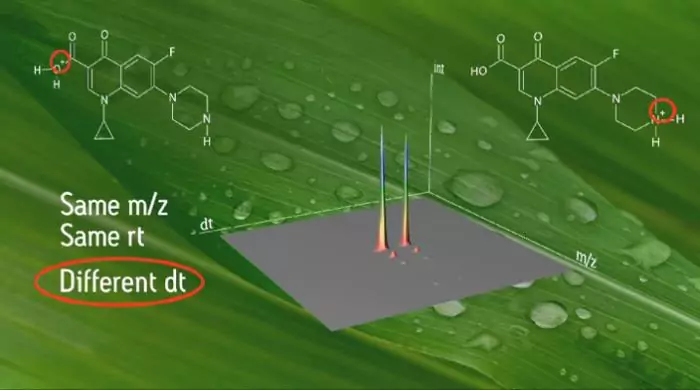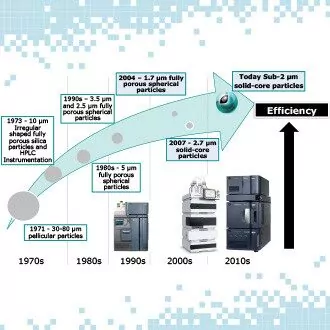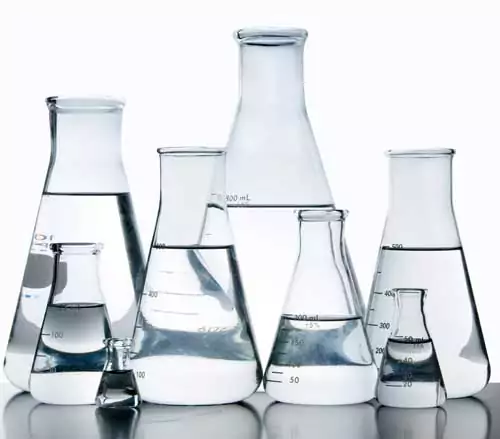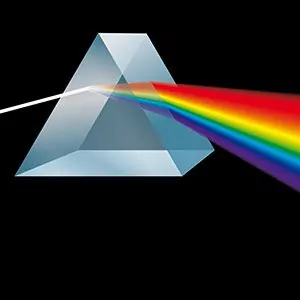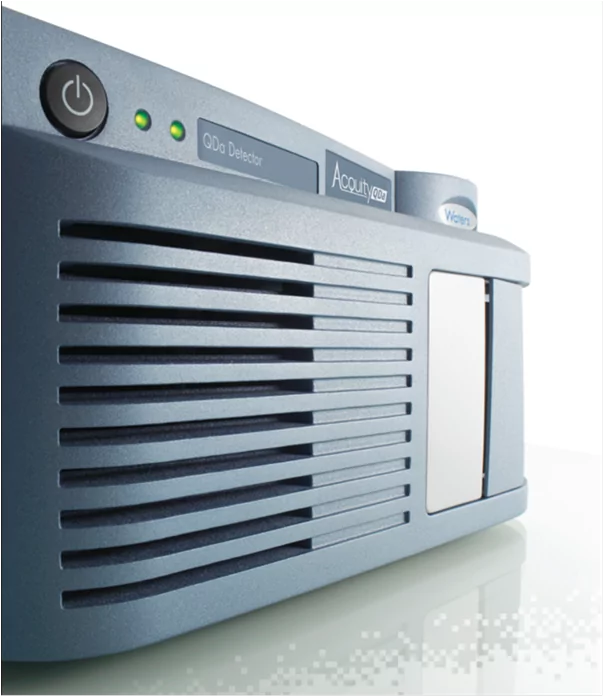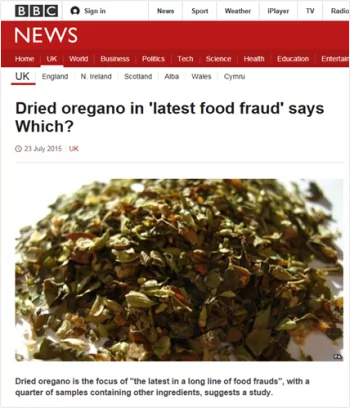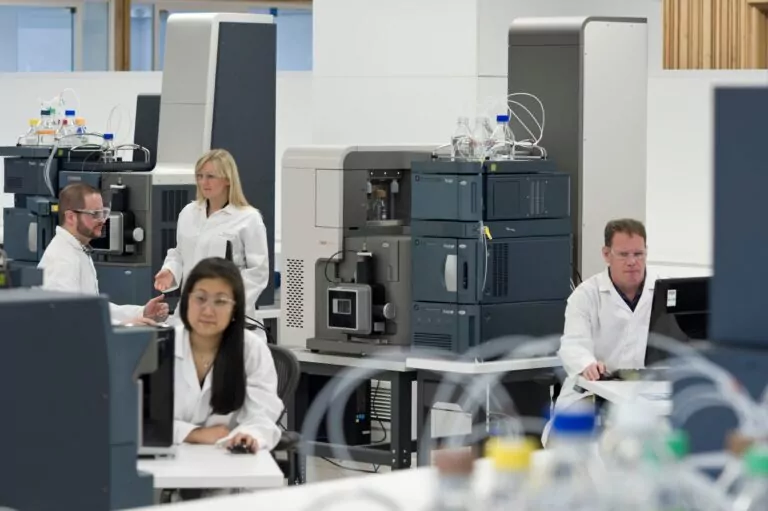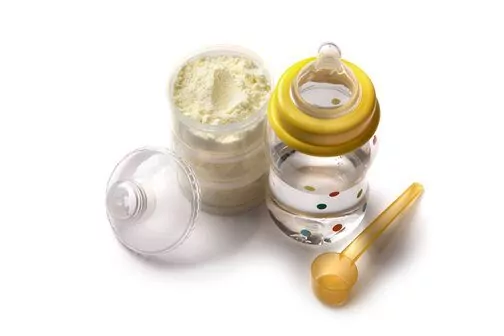Developing Separation Methods for Natural Products: Questions and Answers from a Webinar with Dr. Tom Wheat
The development of chromatographic methods for natural products is challenging due to the complexity of the sample matrix and analyte chemistry. However, by understanding the fundamental parameters of your chromatography and strategies for efficient detection, there are many ways to overcome these difficulties. I recently presented a webinar describing some techniques and tools used for…

